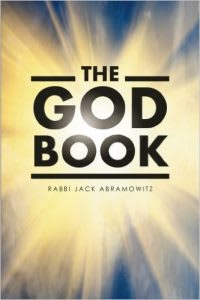29. The Vision of God's "Chariot"
In the third section of Moreh Nevuchim, the Rambam comes to what he tells us is his ultimate point: explaining the Biblical sections known as ma'aseh Bereishis (the Creation account) and ma'aseh haMerkava (the account of God's "chariot"). [III, intro] The problem, however, is that the Sages generally forbid revealing such things because they are intellectually and philosophically beyond the grasp of many (if not most) people. These accounts may only be taught to a qualified student and, even then, only the "bullet points" may be taught. So, the Rambam asks, how can he put these things in writing for all the world to see? On the other hand, were the Rambam to refrain from doing so, when he died, the knowledge would be lost. It's quite the quandary - what we would call a "Catch-22."
Fully explaining the mystical portions of Tanach is not only against halacha, it's illogical. Not only that, the Rambam explains that he came by his knowledge through reason, not through prophecy or an unbroken chain of transmission, so it is therefore fallible (as is all human wisdom). All the Rambam has done is share what he extrapolated from the Biblical accounts, as seems correct to him. The reader can then absorb the material and reflect upon it in a manner appropriate to his own educational background and intellectual level.
The first thing the Rambam explains about the ma'aseh haMerkava is the four faces of each angel, which are described in Ezekiel chapter 1 as resembling the faces of a man, a lion, an ox and an eagle [III, 1]. Actually, the Rambam tells us, each of these faces was human-looking; it's common knowledge that people's faces can resemble those of birds and animals and that is what's intended here.
The Rambam offers two proofs to this proposition: first, the text says explicitly that each of the angels resembled a human being (Ezeliel 1:5). Second, in a subsequent description of the chariot (Ezekiel chapter 10), the four faces are described as resembling those of a man, a lion, an eagle and a cherub. (A cherub is a youth.) We see that the face that resembled an ox also resembled a human: the same is true for the lionish and eagle-like faces.

